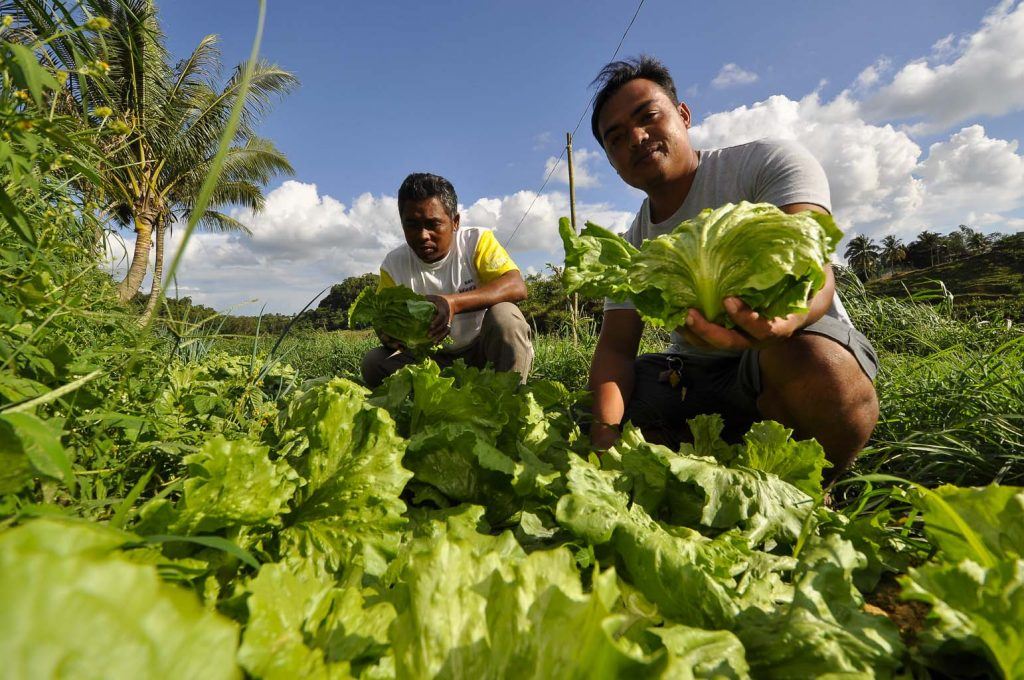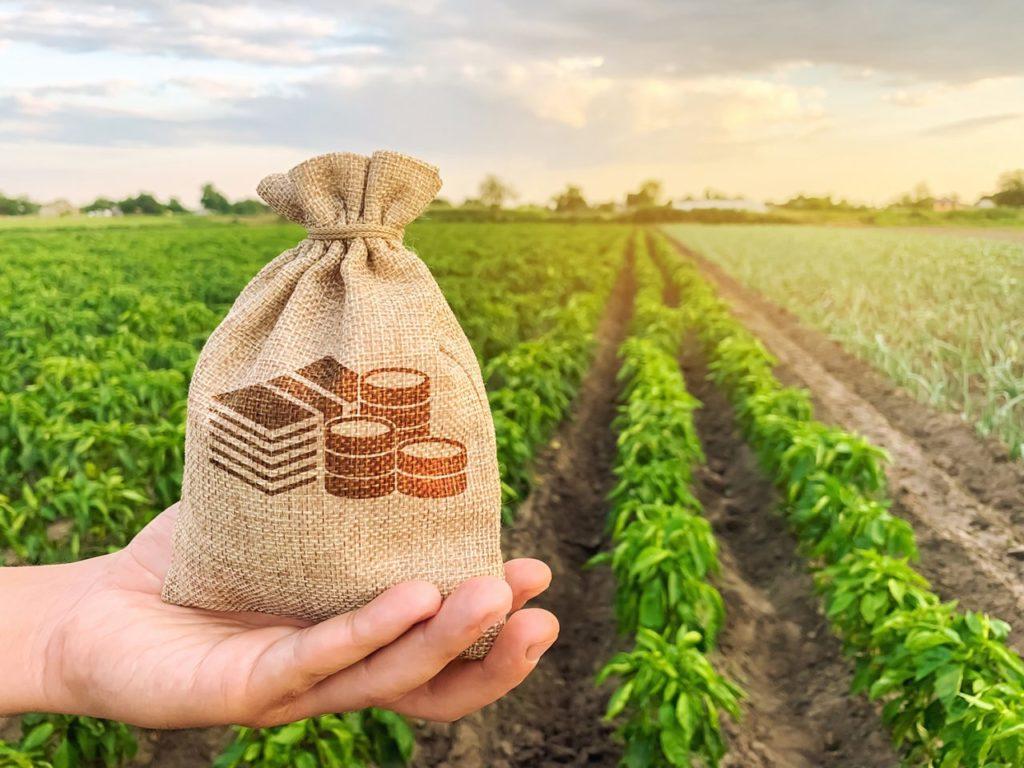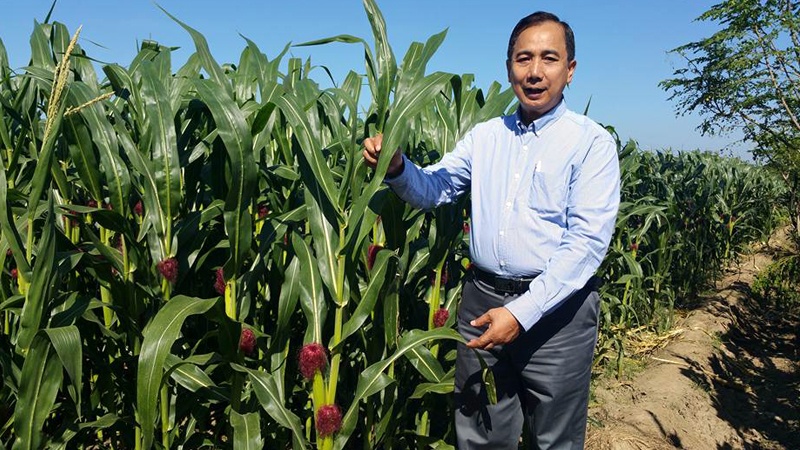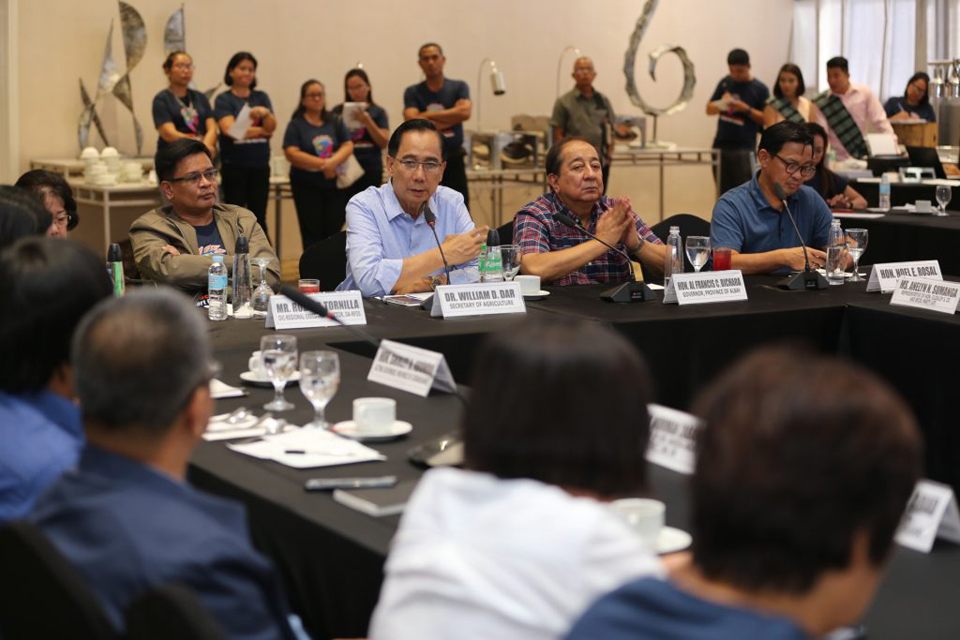Coffee shop business in the Philippines has been thriving for the last 20 years and we cannot deny the fact that this coffee culture and lifestyle have provided a platform for Filipino’s love of good coffee. But you see, it’s not just about the finished product that is important. We also want to have sustainability and that is where work comes in, as the youth plays a vital role in the future of coffee farming in the country.
To keep the coffee industry alive and to keep planting coffee for future generations, the answer is the youth. That is an understatement. I have seen a billboard in Makati that shows the average age of farmers and I cannot help but think about what the future of farming lies ahead.
I came across this article from the Department of Agriculture Secretary Dr. William Dar on the steps to attract the youth to farming. In his The Manila Times article, dated November 18, 2016, the good DA Secretary summarized some approaches to achieve this objective:

- The first step treats agriculture as a business with expected gains and profitability.

- The second step in preparing the youth for farming is to improve the current curriculum in agriculture or to give more emphasis on food technologies (and not only crop) production, chemistry and biotechnology, applied research and development (R&D), economics, international trade, and enterprise management. This means agricultural colleges or universities should invest in state-of-the-art laboratories to promote R&D on food processing and development of new varieties of climate-resistant crops, offer business subjects to train future farmers on accounting and management, agribusiness and international trade.

- The third step to attract the youth to farming is utilizing the Internet of Things (IoT) where informatics, data analytics, and mobile computing technologies provide quick dispatch of information, strengthen social networks, access market updates and learn the latest on farm technology. And since the youth are very much into social media, the use of Information and communications technology (ICT) to learn and share experiences in farming will definitely help younger people get into the agriculture sector.

- The fourth step to attract the youth to farming is for the government to invest more in rural and farm-related infrastructure like farm-to-market roads, irrigation systems, trading centers and road networks linking rural areas with urban centers. This is actually part of making farming more profitable.

- The fifth step to attract the youth to farming is to facilitate access to land and credit. In this aspect, the government can take the lead by offering innovative financing schemes for land acquisition to young people who are really serious in taking up farming as a business undertaking. Banks should also be encouraged to offer credit to farmers, young or old, who have solid business plans for their farm operations.

- The sixth step to attract the youth to farming is to start a program that will attract and then assist the youth into farming, like the recently-launched Young Entrepreneur-Farmers Philippines (YEF Phils) that envisions “A food secure, resilient, and prosperous Philippines propelled by empowered young farmers-entrepreneurs,” and whose mission is “To mentor and empower young farmers to become successful entrepreneurs in high value agriculture.” This can be a start as we now reach out to the reality of this target and let me say “ambition”.
YOUTH POWER FOR PHILIPPINE COFFEE
The 17-year-old Philippine Coffee Board Inc. (PCBI), a non-stock, non-profit organization dedicated to the promotion of the Philippine coffee industry, recently inked a deal with PT Mayora Indah Tbk to train young farmers in primary processing, the way world-famous Indonesian coffee is processed. The program called “Philippine-Indonesia Partnership: Coffee Farmers’ Training Grant” involves nurturing 10 young coffee farmers to be able to learn and then teach what they have learned to their community.
The farmers were selected through a vetting process by the PCBI Board of Directors who chose from a pool of nominees by the Department of Trade and Industry (DTI), the Philippine Commission on Women (PCW), the Department of Agriculture (DA) and the Agricultural Cooperative Development International and Volunteers in Overseas Cooperative Assistance (ACDI/VOCA). The PCBI Board of Directors took into consideration the age, gender and origin of the farmers, and the diversity of their backgrounds – some have been farming with their families since they were kids and some have only started farming recently due to their passion for coffee.
All prospects look good as the younger generation does not just drink more coffee but also think of how coffee supply can be sustainable through farming the proper way.
“We support the younger generation of farmers who is our future,” says Bill Luz, founding trustee of the PCBI. He is also part of the Philippine Disaster Resilience Foundation (PDRF). The PDRF and PCBI will be starting a coffee demo farm in Mindanao State University (MSU) in Marawi City. The DA will also lend a hand to the State University to make sure the demo farm and future nurseries for good quality coffee seedlings will be available to farmers in the Marawi and Lanao del Sur highlands.
“I know Marawi and all of Lanao can soon become a major coffee producing area,” says PCBI president and co-chair Pacita Juan, who recently went to Marawi with fellow PCBI director Alejandro Mojica to engage the women and the youth in coffee production. “This is our thrust now in PCBI, to engage the younger generation to love coffee farming and to make farming sexy again,” continues Luz.
The average age of coffee farmers will soon be in the low 40s or 50s if the age of the grant’s trainees is an indication, with most of the trainees between 27 to 37 years old. That is a legacy the PCBI wishes to leave, to make the coffee farmers younger and the coffee drinkers young, too.
They say coffee keeps you young. Making the industry a youth-filled and youth-driven one is the answer to its sustainability and hope for the export of quality coffee in the near future. This way, the Philippines may just be a major producer once again.
With Additional reports: The Philippine Star Dina Sta. Maria
Photo Sources: projectsturkey.com.tr, gonegosyo.net, fr.directe.ma, golos.ua, Philippine Rural Development Project, DA-AFID






